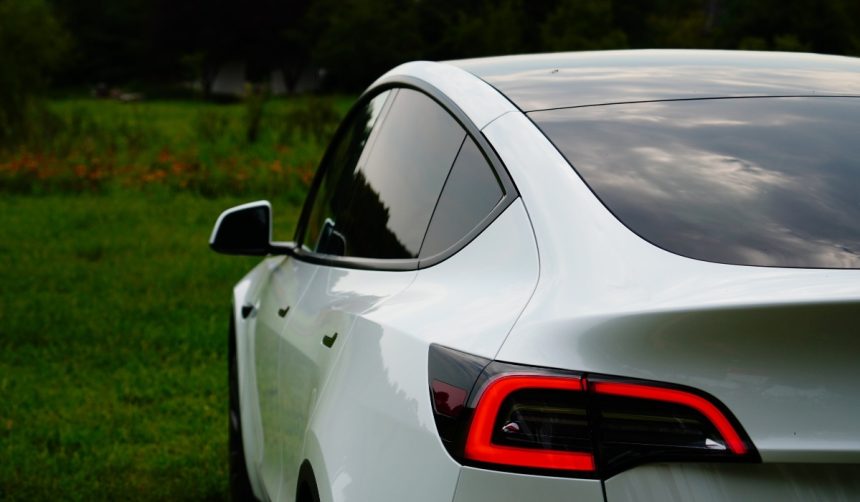Tesla has revised its pricing model for Robotaxi rides in Austin, introducing a dynamic fare structure that links the cost to ride length. The update comes as the company prepares to expand its autonomous vehicle operations and aims to streamline rider costs in comparison to traditional ride-hailing services. Unlike the initial stages where fixed, humorous fares were prominent, this development signals a shift toward more conventional and potentially competitive pricing tactics. Observers note that such adjustments help Tesla address changing market demands as well as its own expansion goals.
During Robotaxi’s launch in late June, Tesla set a flat fare of $4.20 for all rides, nodding to cultural references familiar to the brand’s followers. The fare was soon increased to $6.90, a figure CEO Elon Musk has referenced before. Past reports mainly centered on these comedic flat fees and the technology powering the autonomous cars, rather than the impact of fare changes. Those earlier fare structures, while notable for their marketing flair, did not reflect trip length or competitive pricing with established ride-sharing operators. There was also speculation about whether Tesla would later align fares with industry standards.
What Does Dynamic Pricing Mean for Riders?
With the new dynamic pricing model, shorter trips in a Tesla Robotaxi will cost less than $6.90, while longer rides incur higher charges, capped at about $13.70 for an 11-mile journey. This fare compares favorably with Uber, whose equivalent ride exceeds $16. The update, available through the Robotaxi app v25.7.10, also introduces minor performance improvements and bug fixes.
How Does Tesla Plan Expansion?
Tesla has outlined its intent to widen the Robotaxi service area in Austin, with plans to extend coverage well beyond current boundaries. Elon Musk commented,
“We are expecting to greatly increase the service area to well in excess of what competitors are doing, hopefully in a week or two.”
Additionally, the rollout of dynamic pricing arrives as the company readies its approach for entry into the California market.
Will Pricing Stay Competitive Against Ride-Hailing Rivals?
Early indications suggest Tesla’s dynamic pricing allows some rides to undercut costs offered by competitors like Uber. The company maintains that affordability is a key component:
“Short rides will now cost less than $6.90,”
according to recent communications. However, whether Tesla can consistently offer lower fares than traditional ride-hailing platforms remains to be seen as the service area grows and operational costs evolve.
Tesla’s introduction of dynamic pricing reflects a pragmatic approach as it aims to scale its Robotaxi service. The move from flat-rate, marketing-focused fares to a variable pricing model acknowledges the complexity of ride-hailing economics and signals readiness to meet broader consumer expectations. For riders, the shift means that costs may better match travel distance and local competitive benchmarks. For Tesla, keeping prices below key players like Uber could support market entry and expansion, especially as new cities are brought online. For consumers considering autonomous ride options, comparing not just base fares, but also reliability and coverage, will be crucial in making informed decisions.










